Introduction
Among the most popular options today are hollow composite decking and solid composite decking, each boasting unique benefits that cater to different needs and preferences. Understanding these materials is essential for homeowners looking to enhance their backyards with the best composite decking available.
Understanding Hollow Composite Decking
Hollow composite decking has gained traction due to its lightweight nature and cost-effectiveness. Made from a combination of recycled wood fibers and plastic, these composite boards offer an appealing alternative to traditional wood decking boards while minimizing environmental impact. Homeowners appreciate hollow designs for their ease of handling during installation, making them a good composite decking choice for DIY enthusiasts.
The Rise of Solid Composite Decking
Solid composite decking has surged in popularity as consumers seek more durable options that can withstand harsh weather conditions. Unlike hollow varieties, solid boards are denser and often provide superior resistance to wear and tear over time, making them a top contender for those prioritizing longevity in their outdoor spaces. As a result, many people consider solid PVC decking as one of the best composite decking materials on the market today.
Debunking Common Myths
Despite their popularity, misconceptions about both hollow and solid composite options persist in the marketplace. Some may believe that hollow decks lack strength or durability compared to solid alternatives; however, advancements in technology have led to robust designs that challenge this notion. By debunking these myths, homeowners can make informed decisions about which type of plastic decking will best suit their needs without falling prey to outdated stereotypes.
Composition Differences

Hollow composite decking typically consists of a blend of recycled wood fibers and plastic, creating a lightweight structure that is easy to handle. In contrast, solid composite decking boasts a denser composition, often made from high-quality PVC or other robust materials, resulting in a heavier but more durable product.
Materials Used in Hollow vs Solid
Hollow composite decking is primarily constructed from a mix of recycled wood and plastic materials, which gives it its lightweight nature. On the flip side, solid composite boards often rely on more substantial components such as PVC or high-density polyethylene (HDPE), making them sturdier and more resilient against wear and tear. This fundamental difference in materials not only affects the weight but also influences how each type behaves under various environmental conditions.
How It Affects Performance
The performance of hollow versus solid composite decking largely hinges on their material composition. Hollow composite decking tends to be less expensive and easier to install due to its lighter weight; however, it may not hold up as well under heavy foot traffic or extreme weather conditions compared to solid options. Solid composite boards offer superior durability and resistance to impacts or scratches, making them ideal for high-traffic areas or environments where wear is a concern.
Eco-Friendly Considerations
When considering eco-friendliness, both hollow composite decking and solid options have their merits but differ significantly in their environmental impact. Hollow decks are often praised for using recycled materials; however, depending on the manufacturer’s practices, they may contain less sustainable components than some solid alternatives like PVC decking made from 100% recycled products. Ultimately, if you're seeking the best composite decking material that aligns with your green values while ensuring quality performance over time, it's worth researching manufacturers committed to sustainability across their entire product line.
Durability Comparison
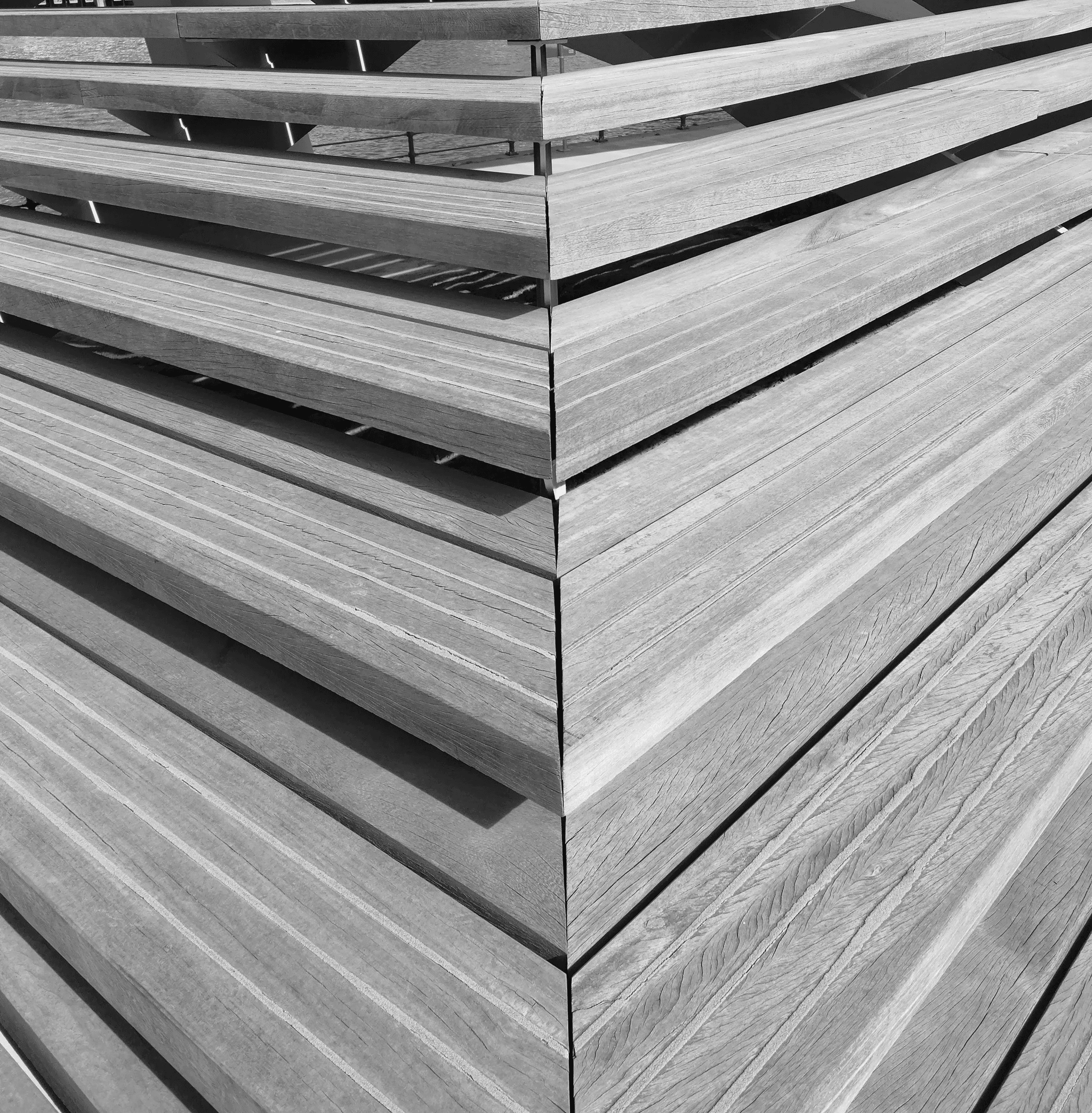
Longevity of Hollow Composite Decking
Hollow composite decking has gained popularity for its lightweight construction, but does this compromise its longevity? Generally, hollow boards are designed to last around 25 years with proper maintenance, making them a good option for those seeking a balance between cost and durability. However, they may not hold up as well in extreme weather conditions compared to solid alternatives, so consider your local climate when selecting the best composite decking for your home.
Additionally, while hollow composite materials offer decent resistance against rot and insects—thanks to their plastic components—they can be more prone to denting or damage from heavy objects due to their structure. This means that if you’re planning on hosting frequent barbecues or family gatherings with lots of foot traffic and furniture placement, you might want to think twice about relying solely on hollow boards. Ultimately, while they provide a cost-effective solution for many homeowners, the longevity factor should be weighed against potential wear over time.
Solid Decking Resistance to Wear
Solid composite decking takes the cake when it comes to resisting wear and tear over time. Made from dense materials that include a higher percentage of wood fibers blended with plastic, solid boards boast superior strength compared to their hollow counterparts. This makes them particularly resilient against scratches, impacts from heavy furniture, and even harsh weather conditions—ideal for those who want the best composite decking material available.
Moreover, solid decks tend to have better color retention than hollow options since they are less susceptible to fading when exposed to UV rays. If you're considering long-term investment in outdoor living spaces where aesthetics matter just as much as functionality—think stunning wood decking boards that maintain their beauty through years of use—solid composite is likely your best bet. In essence, if you prioritize durability over everything else in your outdoor design choices, solid decking is hard to beat.
Real-World Examples
To illustrate how these materials perform in real-life scenarios, let’s look at some examples from homeowners who have opted for either hollow or solid composite options. One homeowner installed hollow composite decking around their pool area; while initially pleased with its lightweight nature during installation and lower upfront costs, they soon noticed signs of wear after just a few seasons—dents appeared where lounge chairs were frequently moved around.
Conversely, another homeowner chose solid PVC decking for a backyard entertainment space that sees heavy foot traffic year-round; after several years of use—including parties and family gatherings—their deck remains intact without significant damage or fading issues! These real-world experiences highlight the importance of matching your choice with how you plan on using the space: if you want something durable that withstands everyday life’s rigors without losing charm over time—a good quality solid option will serve you well!
Weight and Installation
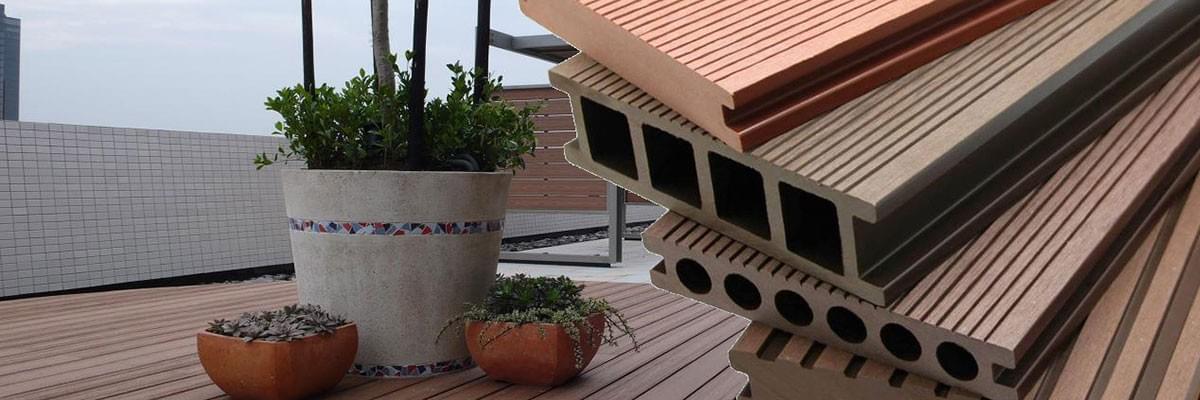
Ease of Handling Hollow Decking
This lightweight characteristic allows homeowners and contractors alike to transport, cut, and install the boards with minimal strain. Additionally, the flexibility of hollow boards means they can be navigated into tighter spaces more easily than solid alternatives, making them a favorite among those who prioritize convenience in their deck-building endeavors.
Installation Challenges with Solid Decking
While solid composite decking offers durability and a robust feel underfoot, it does come with its own set of installation challenges. The heavier weight requires more manpower or specialized tools for lifting and positioning the boards correctly during installation. Moreover, solid decking often necessitates more precise cutting techniques due to its density; this can lead to increased time on-site as installers work meticulously to ensure a perfect fit.
Cost of Installation
When considering the cost of installation between hollow composite decking and solid options, there are several factors at play. Generally speaking, because hollow boards are lighter and easier to manage, labor costs may be lower compared to installing heavier solid decks that require additional effort or equipment. However, it's essential to factor in not just initial costs but also long-term value; while solid composite may have higher upfront costs potentially leading to better longevity over time, good composite decking options like hollow types still offer excellent value for those seeking quality without breaking the bank.
Aesthetic Appeal

Visual Differences Between Styles
Hollow composite decking tends to have a more uniform appearance due to its manufacturing process, which often results in a sleek finish with fewer visible imperfections. On the other hand, solid composite boards can mimic the natural grain patterns found in wood more closely, providing an authentic aesthetic that many homeowners adore. While both options come in various colors and textures, choosing between them often boils down to personal preference and how they complement your overall outdoor design.
Customization Options for Each Type
Customization is where things get exciting! Hollow composite decking typically allows for easier customization due to its lighter weight and versatile design options; you can easily cut it into various shapes or sizes without compromising its integrity. Solid composite decking offers a range of colors and finishes too but may require more effort when it comes to alterations since it's denser and heavier—think of it as customizing a sturdy piece of furniture rather than a lightweight accessory.
Trends in Outdoor Design
Outdoor design trends are evolving rapidly, with homeowners increasingly opting for materials that blend style with sustainability—enter good composite decking! As PVC decking gains popularity for its durability and low maintenance requirements, many are finding that hollow composite options fit seamlessly into modern aesthetics while being eco-friendly. The current trend leans toward creating multifunctional outdoor spaces where decks serve as extensions of living areas, making both hollow and solid options appealing depending on your specific needs.
Maintenance Requirements
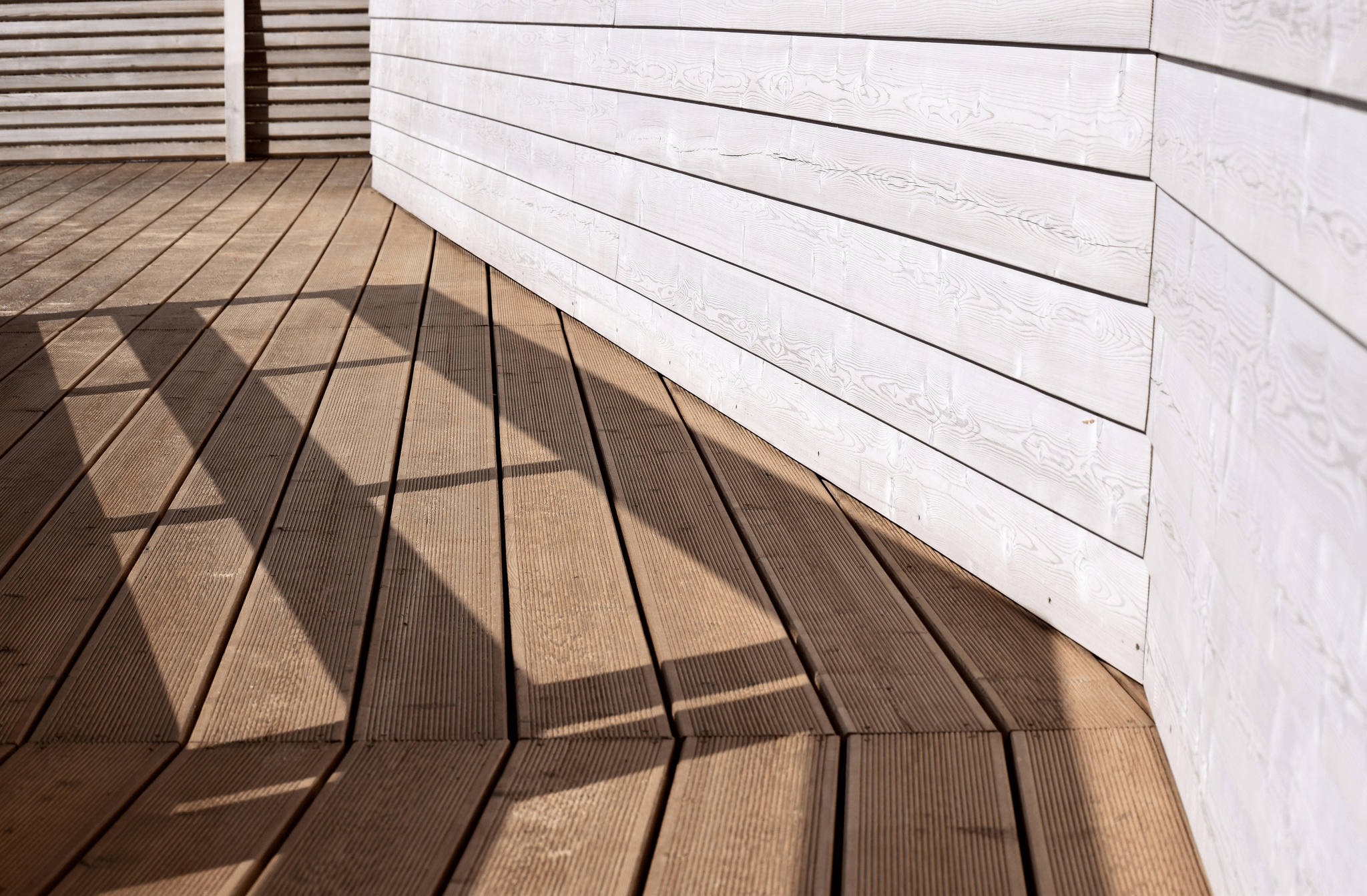
Understanding the maintenance needs of both hollow composite decking and solid decking will help you keep your space looking pristine without breaking a sweat. Let’s dive into the cleaning routines, upkeep tips, and long-term care comparisons for these popular options.
Cleaning Hollow Composite Decking
Cleaning hollow composite decking is as easy as pie, which is one of its major selling points! Typically made from a mix of recycled wood fibers and plastic, these decks resist stains better than traditional wood decking boards. For routine maintenance, a simple wash with soap and water or a specialized cleaner designed for good composite decking will do wonders; just use a soft-bristle broom or mop to avoid scratching the surface.
Additionally, because hollow composite boards are less porous than wood or plastic decking options, they are less prone to mold and mildew growth. However, it's wise to give them a thorough cleaning at least twice a year to keep any dirt or debris from building up in those charming little hollows. Remember that proper care not only keeps your deck looking great but also extends its lifespan—so don't skimp on those cleaning sessions!
Solid Decking Upkeep Tips
Solid composite decking may require slightly more attention than its hollow counterpart, but don’t let that scare you! These sturdy boards are built to withstand heavy foot traffic and harsh weather conditions while still looking fabulous over time. To maintain solid decking's appearance, regular sweeping and occasional washing with soap and water will work wonders; just be sure to avoid abrasive cleaners that could dull the finish.
For those pesky stains—think spilled drinks or food—using a gentle scrub brush along with some mild detergent can help lift them right off without damaging your deck's surface. If you're considering PVC decking instead of traditional wood options for your solid choice, remember that it generally requires even less maintenance due to its non-porous nature! So whether you opt for solid composite boards or go full-on PVC, keeping up with regular maintenance ensures that your outdoor area remains inviting year-round.
Long-Term Care Comparisons
When comparing long-term care requirements between hollow composite decking and solid options like PVC or other good composite materials, you'll find some interesting differences! Hollow decks tend to be more forgiving when it comes to minor scratches or scuffs since their lighter structure means they can often hide imperfections better than solid boards might do. However, if you’re after durability in high-traffic areas or extreme weather conditions, solid decks reign supreme due to their robust construction.
Both types benefit from periodic inspections—checking for loose fasteners or signs of wear is crucial regardless of which style you've chosen. Ultimately, while both hollow and solid options have their unique advantages in terms of maintenance requirements—the best choice hinges on how much time you're willing to invest in upkeep versus enjoying your outdoor paradise!
Cost Analysis
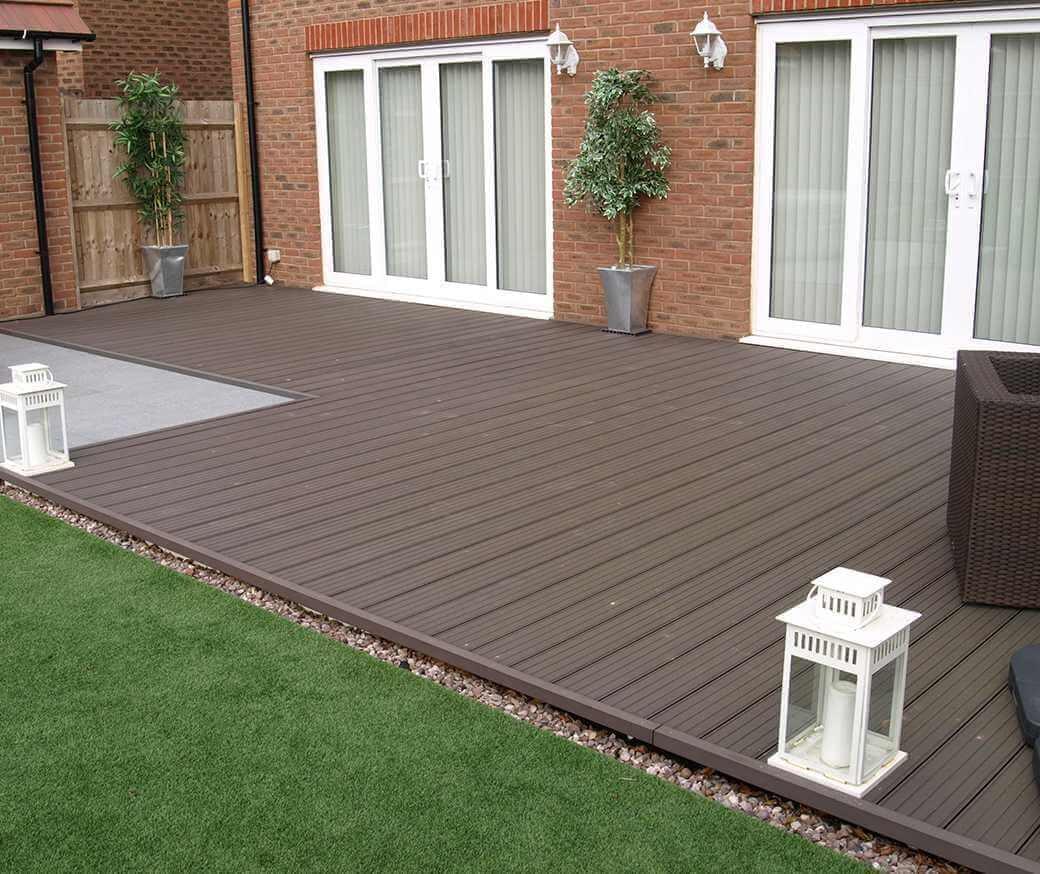
Initial Investment in Decking Options
The initial investment in decking options varies significantly between hollow composite decking and solid composite boards. Generally, hollow composite decking tends to be more budget-friendly upfront due to its lightweight construction and fewer materials used during manufacturing. In contrast, solid composite boards usually command a higher price tag because they are denser and require more resources, making them one of the best composite decking materials available.
While PVC decking may also offer competitive pricing, it lacks some of the aesthetic benefits that wood decking boards provide. Homeowners should weigh their budget against their desired look and feel when choosing between good composite decking options. Ultimately, your choice will set the stage for how much you’ll invest not just now but over time.
Long-Term Cost of Ownership
Long-term cost ownership is another crucial aspect to consider when evaluating hollow vs solid composite decking. Hollow composite products may be less expensive initially but could require more frequent maintenance or replacement if they don’t hold up well over time. Solid decks typically boast superior durability and resistance to wear, which can translate into lower costs in repairs or replacements down the line.
Moreover, while both types require some upkeep—like cleaning with soap and water—solid boards often need less frequent treatment against fading or warping compared to plastic decking alternatives. This means that although you might spend more upfront on solid composites, you could save money in the long run by avoiding additional maintenance expenses associated with hollow options.
Value for Money: Which is Better?
Determining value for money involves looking beyond just initial costs; it requires a comprehensive view of performance over time as well as aesthetic appeal. Hollow composite decking may seem like a steal at first glance but consider how its longevity stacks up against solid alternatives before making a final decision on what’s best for your home environment.
Solid composites generally offer better returns on investment due to their durability and lower maintenance requirements over time; however, if you're looking for something lighter and easier to handle during installation without sacrificing too much quality, good composite decking could still meet your needs at an attractive price point.
In summary, while both types have their pros and cons regarding cost analysis—hollow being cheaper initially but potentially pricier long-term—solid composites often emerge as the overall winner when considering longevity and reduced upkeep costs.
Best Uses for Each Type
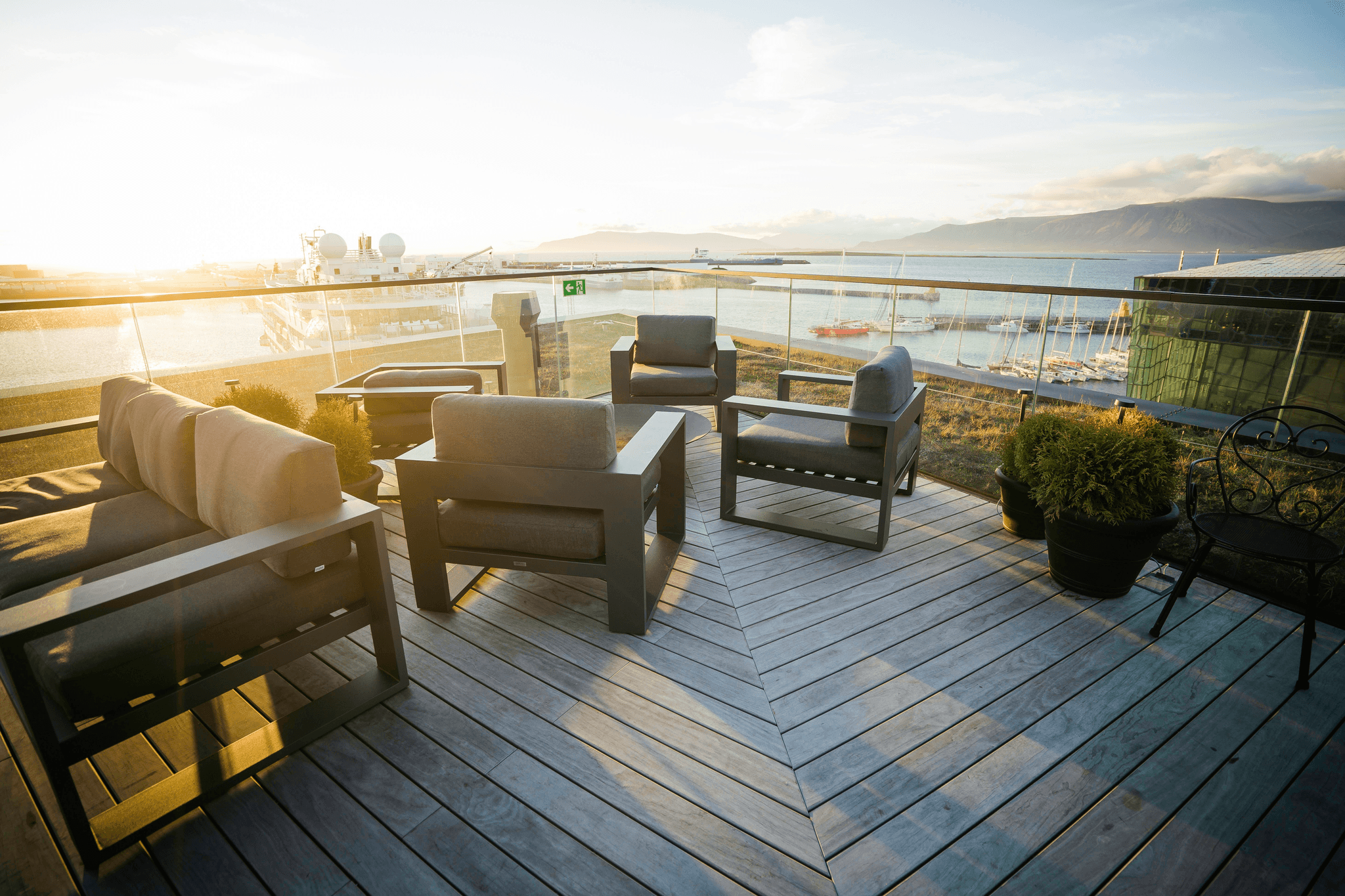
Ideal Environments for Hollow Decking
Hollow composite decking shines in environments where weight is a concern. If you're building a deck over a structure that requires reduced load-bearing capacity, this type of decking is your go-to choice. Additionally, hollow boards are fantastic for coastal areas where moisture resistance is essential; they won't warp or swell like traditional wood decking boards.
Another great aspect of hollow composite materials is their affordability, making them ideal for budget-conscious projects without compromising on quality. They perform well in residential settings, especially around pools or patios where aesthetics matter but heavy-duty performance isn't as critical. Thus, if you're looking for good composite decking that balances cost and functionality, hollow options are hard to beat.
Perfect Scenarios for Solid Composite Decking
Solid composite decking is often the star of the show in high-traffic areas or places that demand durability and strength. If you're constructing a commercial deck or an outdoor space that will host frequent gatherings, solid boards provide unparalleled resistance to wear and tear. This makes them perfect for restaurants, event venues, or even family homes with kids and pets running around.
Moreover, when aesthetics take center stage—think grand outdoor living spaces—solid PVC decking offers a premium look and feel that can elevate any design scheme. Their robust nature allows them to withstand harsh weather conditions without fading or cracking over time. So if you’re after the best composite decking material for longevity and style combined, solid options are definitely worth considering.
Recommendations from Composite Decking Inc
Composite Decking Inc recommends selecting hollow composite decking when budget constraints are significant but appearance still matters—it's an excellent way to achieve style without breaking the bank! For those prioritizing long-term investment in durability and resilience against wear, opting for solid composite boards is advisable; they truly stand the test of time under various conditions.
To maximize both types' benefits, consider mixing them based on specific areas within your project: use solid boards in high-traffic zones while reserving hollow options for less demanding spaces like garden paths or decorative features. Ultimately, whether you choose plastic decking or wood alternatives depends on your personal preferences and practical needs; both have their place in modern outdoor design!
Conclusion
In the world of outdoor living, choosing the right decking can feel like navigating a maze. With options like hollow composite decking and solid alternatives, it's important to weigh the benefits carefully. Ultimately, your decision should align with your lifestyle, aesthetic preferences, and budget.
Choosing the Right Decking for You
When deciding between hollow composite decking and solid options, consider factors such as durability and installation ease. If you're looking for lightweight materials that are easy to handle, hollow composite decking may be your best bet. However, if you prioritize longevity and resistance to wear, you might lean toward solid composite boards or even PVC decking.
It's also essential to factor in the environment where you'll install your deck. For example, good composite decking options may perform better in humid climates compared to wood decking boards that can warp or rot over time. Ultimately, understanding your needs will guide you toward the best composite decking material for your space.
Key Takeaways on Composite Decking
Both hollow and solid composite decking come with their unique advantages worth considering before making a purchase. Hollow options are often lighter and easier to install while offering decent performance at a lower price point; however, they may not stand up as well against heavy foot traffic compared to solid counterparts. On the other hand, while solid plastic decking tends to be heavier and more challenging to work with during installation, it generally provides superior durability over time.
Moreover, when comparing costs between these two types of materials—initial investment versus long-term upkeep—hollow decks often emerge as a more budget-friendly choice upfront but could lead to higher maintenance costs down the line if not cared for properly. Remember also that customization options vary; both styles offer aesthetic appeal but may differ in visual texture or finish.
Final Thoughts on Durability and Style
In conclusion, whether you opt for hollow composite decking or its solid counterpart ultimately boils down to personal preferences regarding style and functionality. Durability remains paramount; thus understanding how each type performs under various conditions is crucial for making an informed decision about outdoor installations. As trends in outdoor design continue evolving towards sustainability and low-maintenance solutions, both good composite decking choices will likely serve you well in enhancing your home’s exterior charm.
